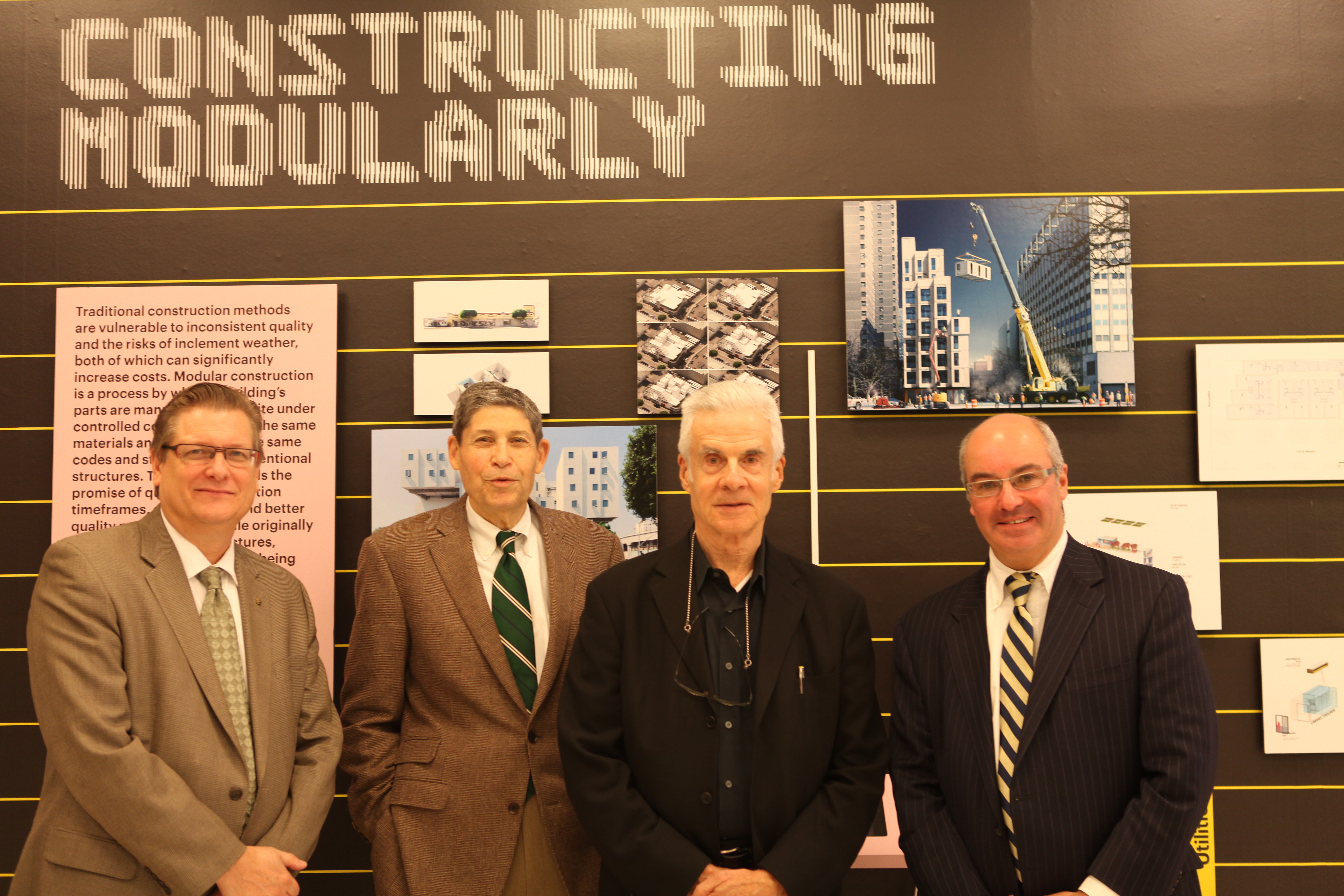by: James Way
In a relay race, runners extend batons to their partners, running with arm outstretched to facilitate an easy handoff, lest they fumble or lose the race by standing still. It’s not much different for firms in maintaining a rolling leadership. Urbahn Architects, which was established in 1945, has had three turnovers of leadership; Dattner Architects has added nine partners in its 51 years; and MAP Architecture & Design started the transition conversation in the past few years by adding its first partner. Each firm has planned for its future by elevating leadership to partnership.
The “Passing the Torch” panel agreed that a transition plan helps identify younger people in the firm and nurtures their leadership abilities to help grow the firm. Donald Henry, AIA, of Urbahn Architects, confirmed that such a strategy “creates more client contact, entrusts the firm legacy, and strengthens the firm.” However, Richard Dattner, FAIA, questioned, “What if I don’t want to go gently into that good night?” Peter Piven, FAIA, who counseled Dattner during his transition planning, countered that divesting doesn’t mean exiting, but allows more time for design and less time spent on management. Furthermore, MAP’s Magnus Magnusson, AIA, LEED AP, recognized that candidates could do a better job than he in certain areas, while Henry highlighted the value that more experienced senior critics bring to projects.
The panelists agreed that value should be clearly defined, as the concept can be perceived differently by different parties. The value of selling to an external interest is much higher than inducting younger partners. Monetary considerations, cash flow, and intangible aspects such as reputation factor in as well. To bring younger partners into leadership positions, buy-in can occur over time and through deferred salary and bonuses. Magnusson said this could take years, but Dattner suggested that five years is a comfortable limit. The main point is to outline the process clearly to avoid misunderstanding.
Piven also suggested defining criteria for evaluating and elevating employees, ultimately to a partner level. Dattner pointed out that leaders naturally lead and fulfill key roles in the firm, whether it’s bringing in projects, directing people, or managing. However, you also need to respect, trust, and like them – skills can be taught. All agreed that future partners are natural leaders and strong project managers, except “the project is the firm,” clarified Dattner. Magnusson added: “Hopefully this is the project that doesn’t end.”
James Way, Assoc. AIA, contributes to eOculus and the The Architect’s Newspaper.
Event: Power up Your Practice #2: Passing the Torch – Essential Keys to Leadership Transition Planning
Location: Center for Architecture, 11.11.15
Speakers: Richard Dattner, FAIA, Principal, Dattner Architects; Magnus Magnusson, AIA, LEED AP, Principal, MAP Architecture & Design; Donald Henry, AIA, LEED AP, Managing Partner, Urbahn Architects; Peter Piven, FAIA, Peter Piven Management Consultant
Organized by: AIANY Professional Practice Committee








